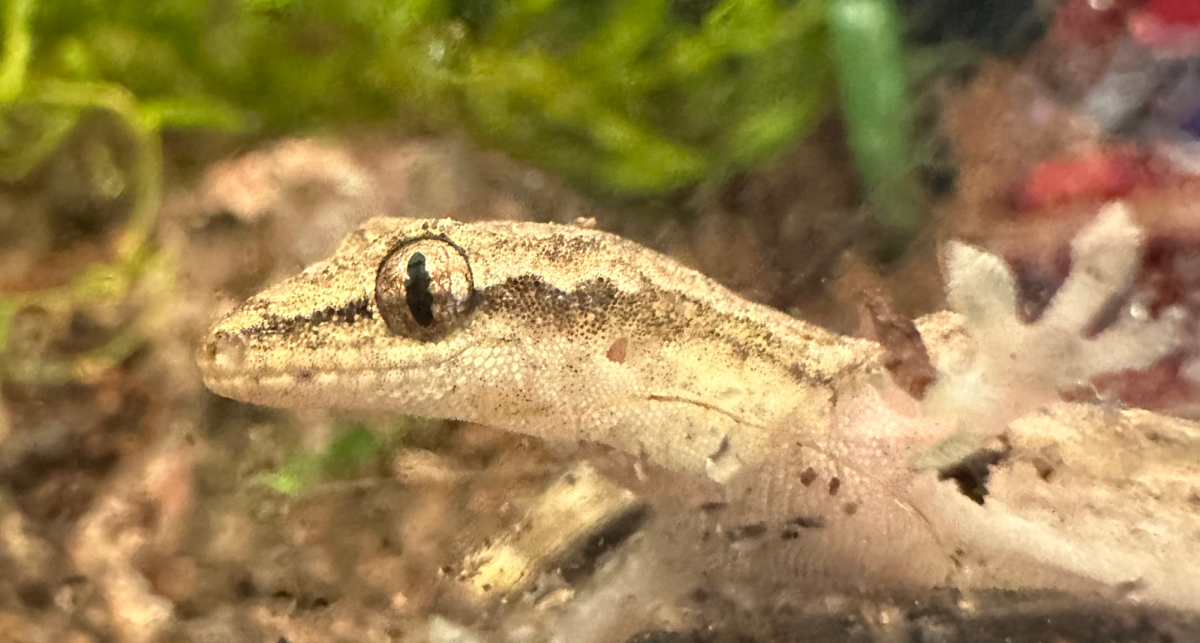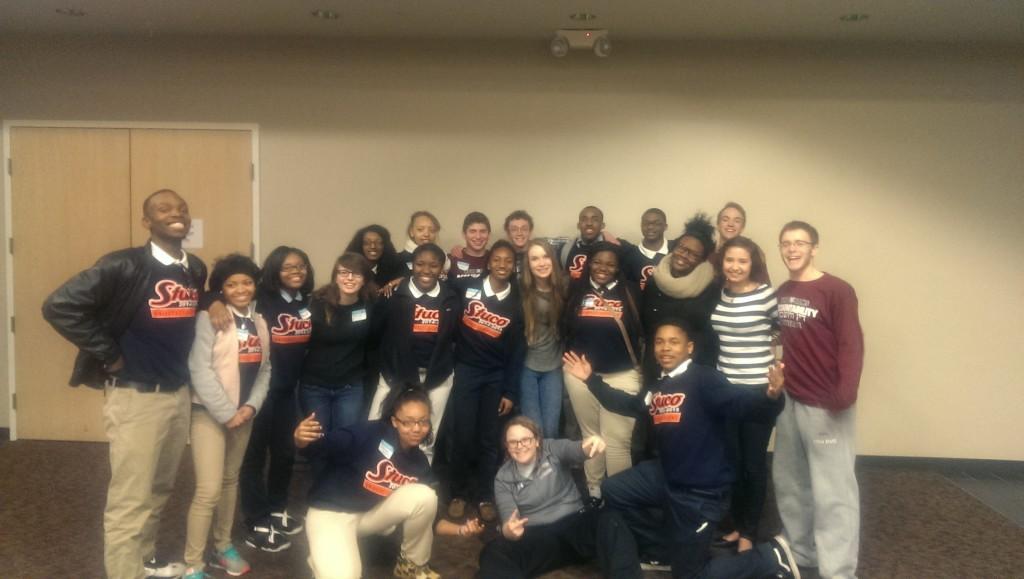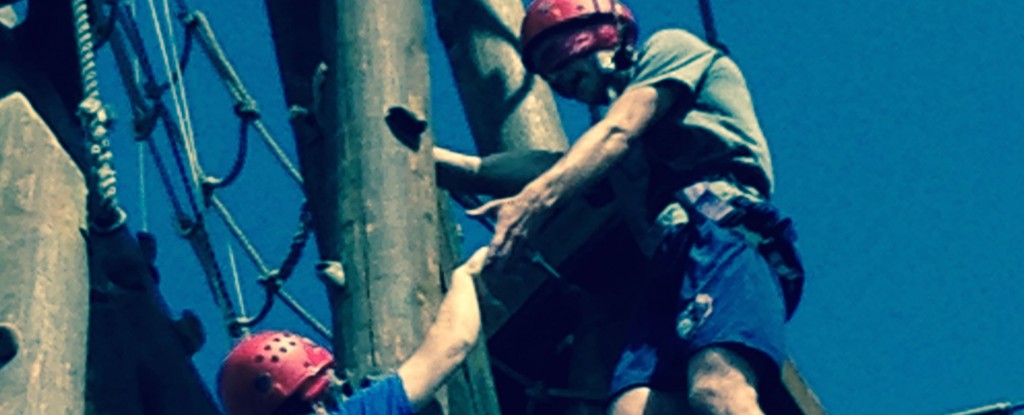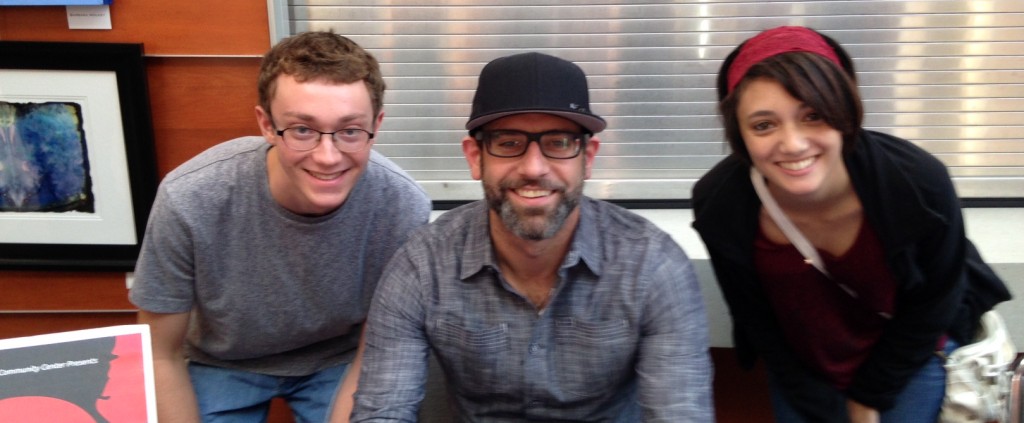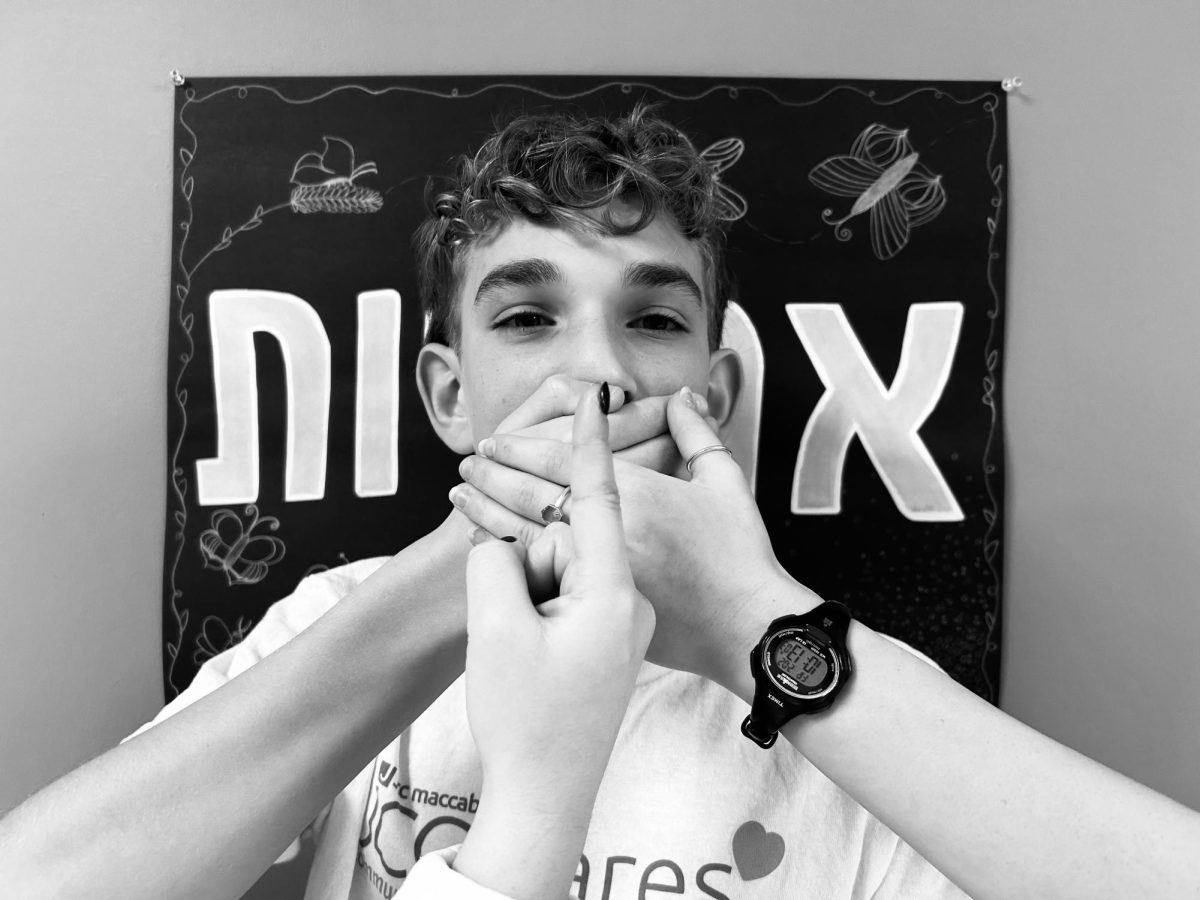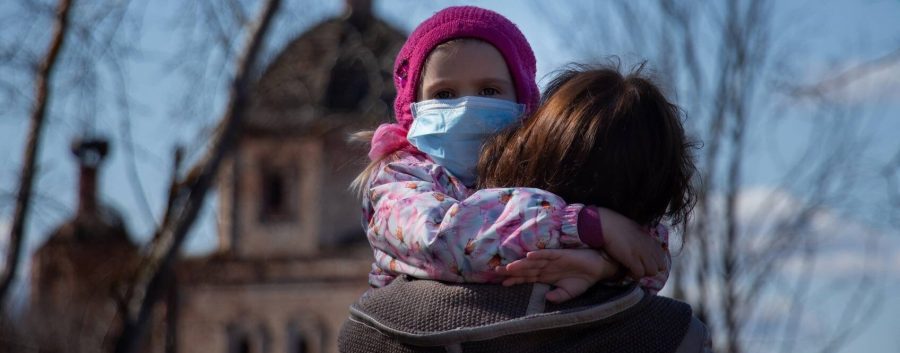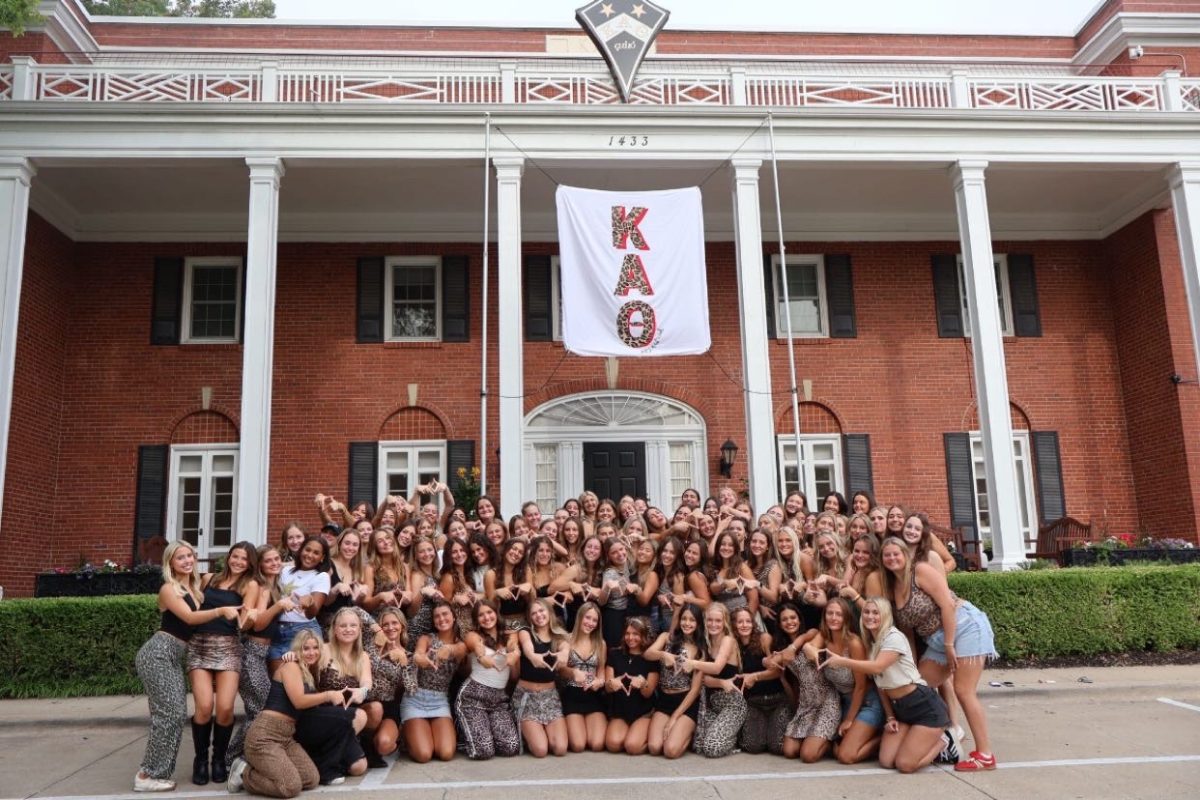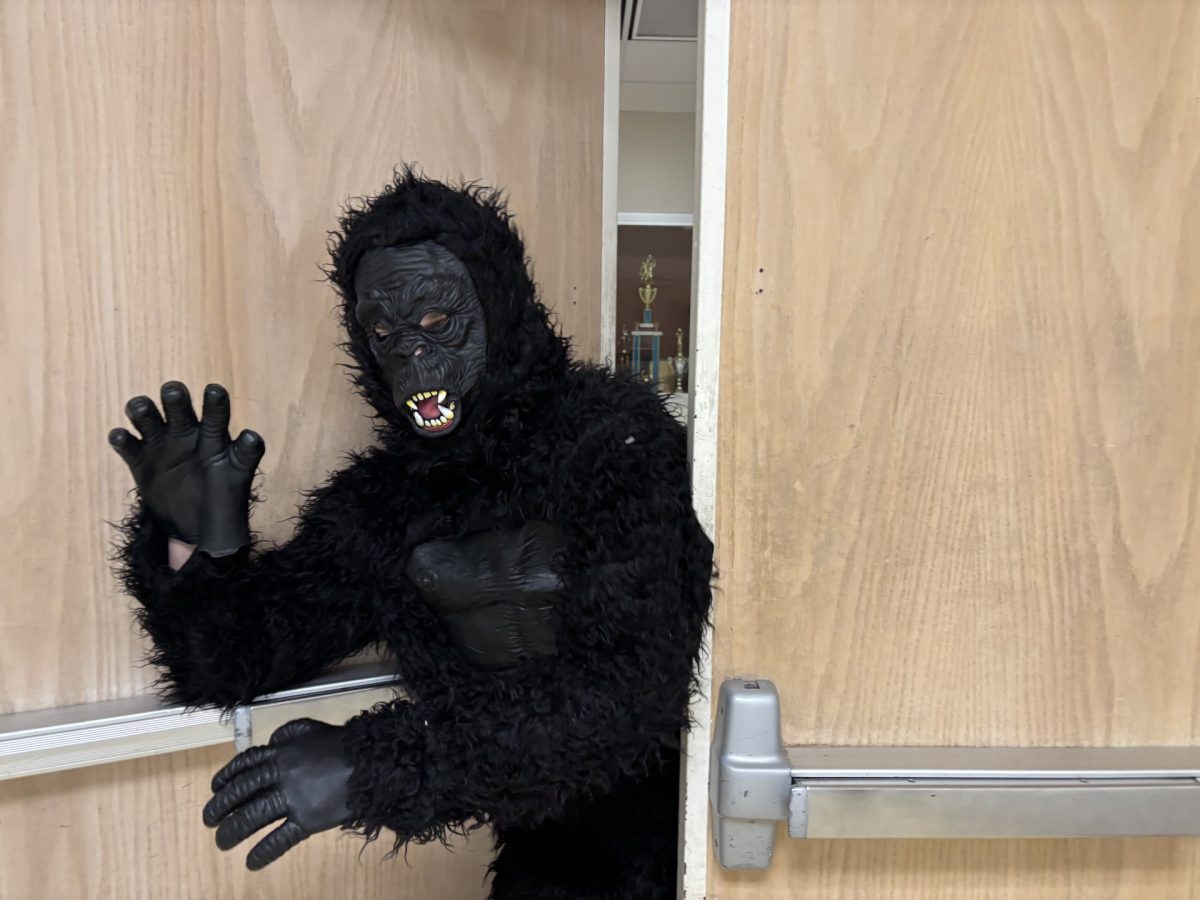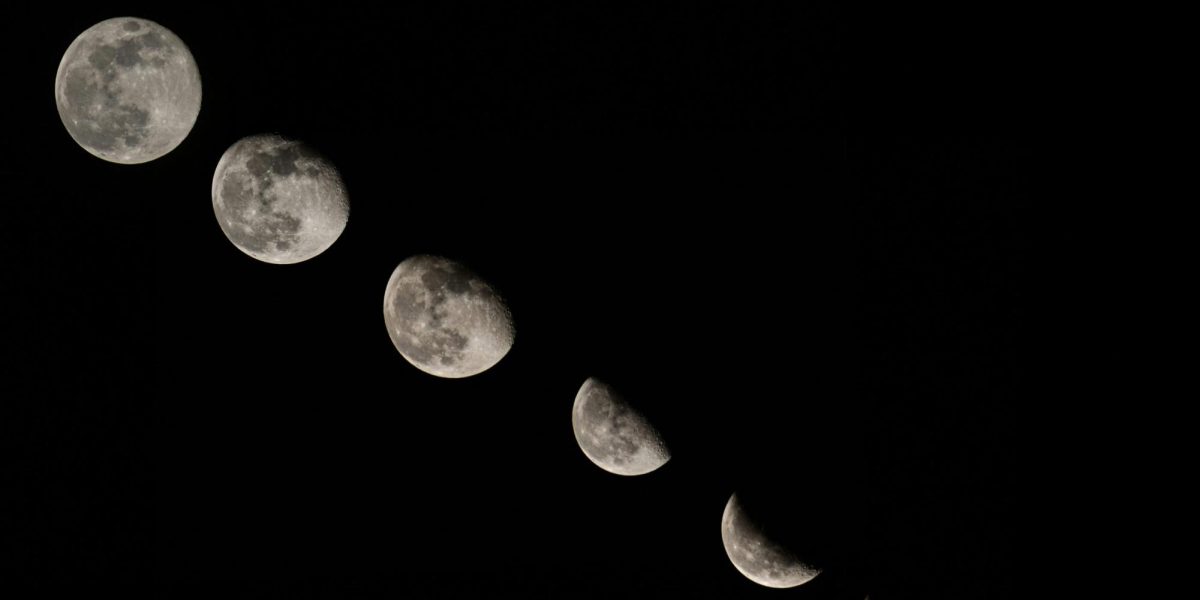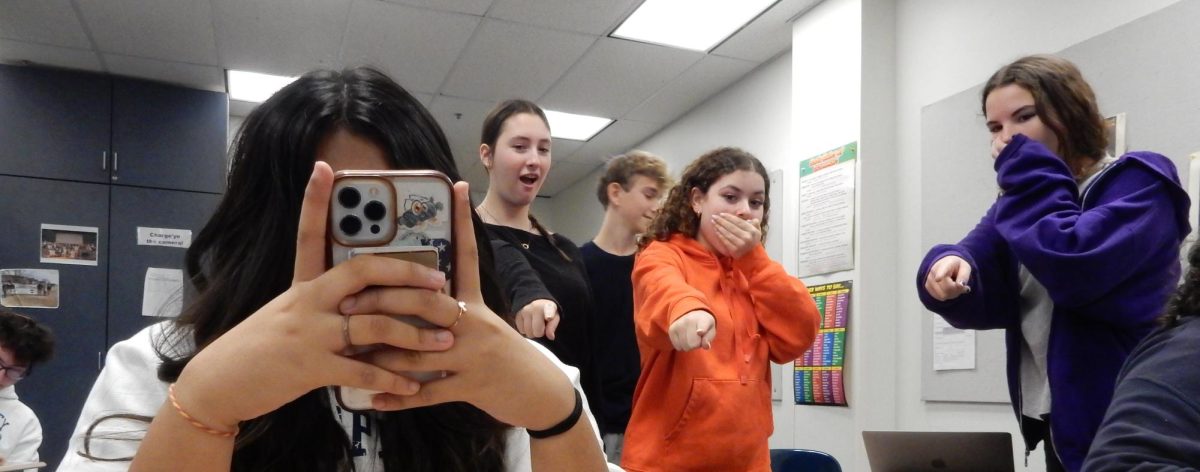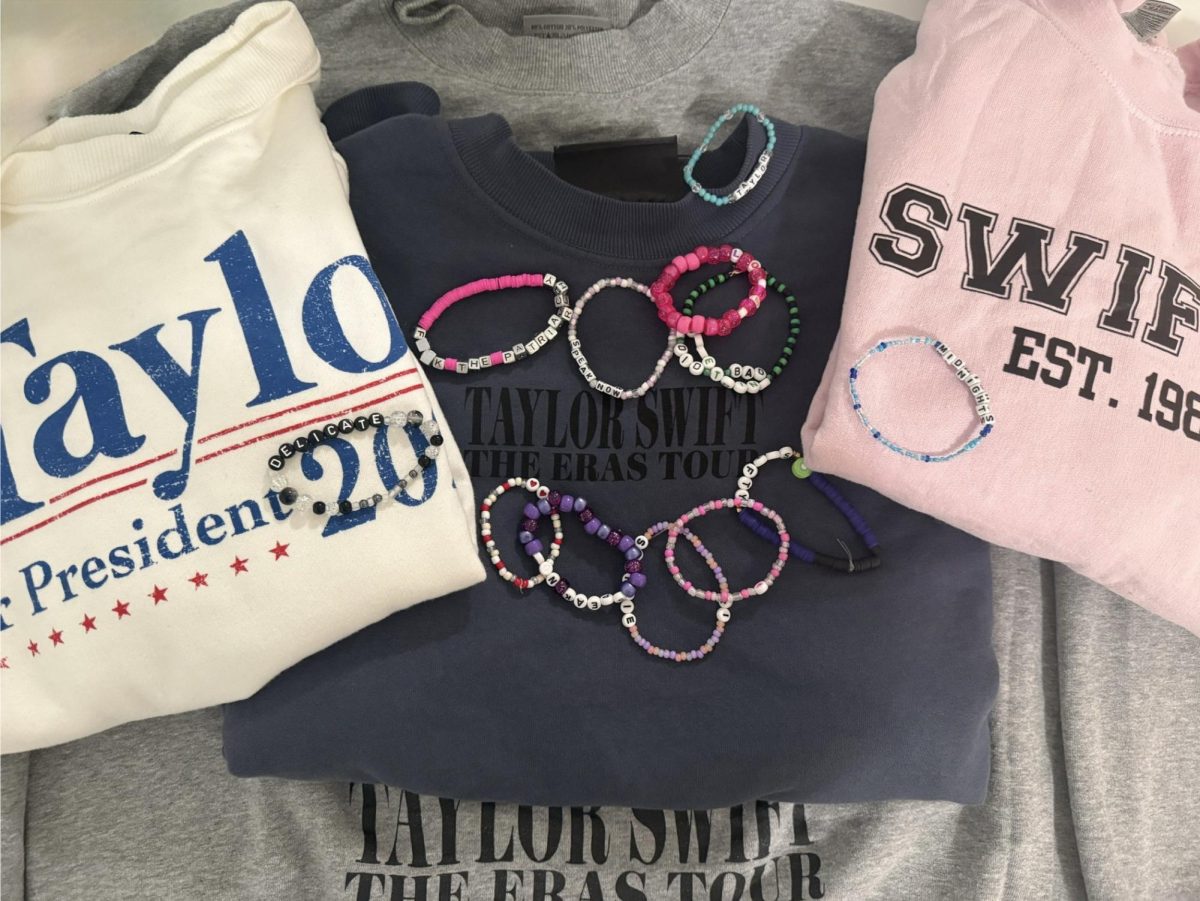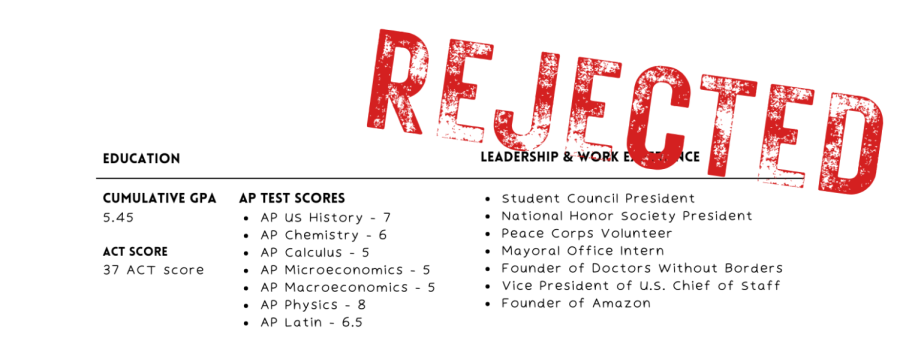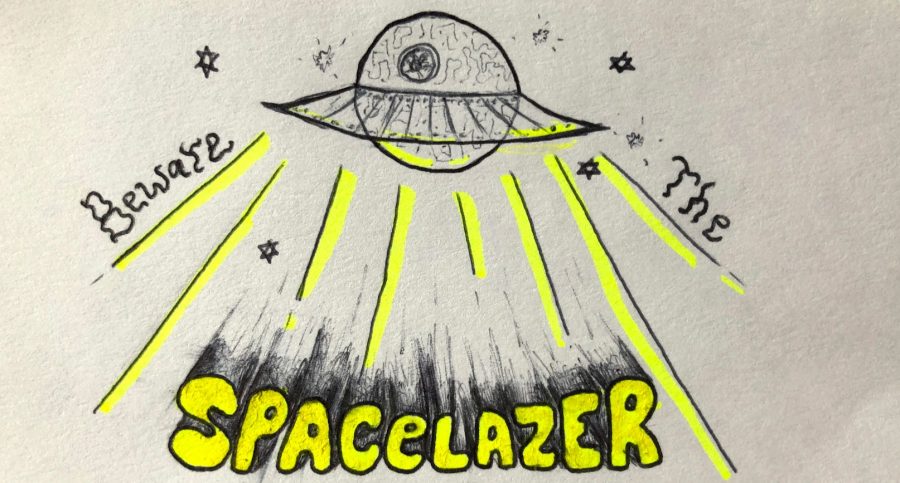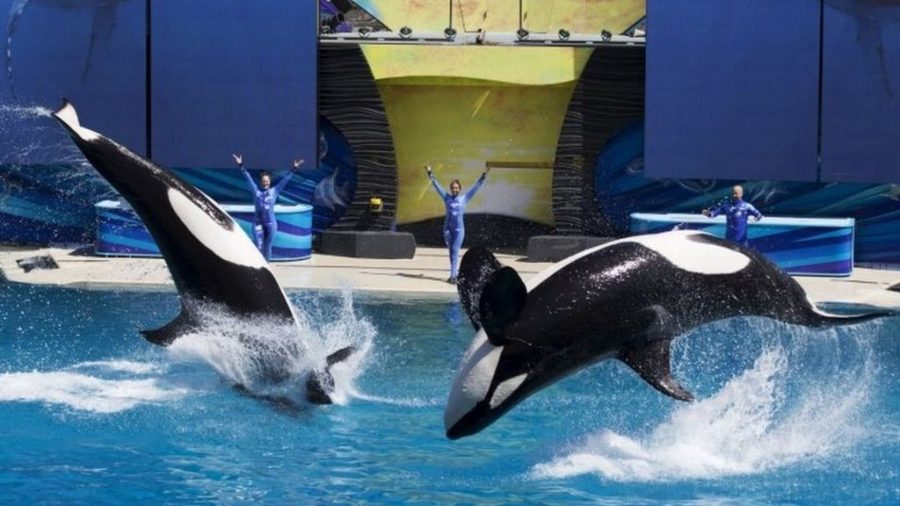Photo courtesy of BBC UK.
Orlando is one of the top tourist destinations in the U.S.. With Walt Disney World, Universal Studios, Legoland, beaches, outlet malls, and SeaWorld. SeaWorld is a controversial destination for many reasons. After the release of the documentary, “Blackfish,” SeaWorld has received lots of negative backlash from many animal rights groups, such as PETA. Since then, SeaWorld has released multiple statements on how they really do work on animal conservation, not just profiting off of their animals. However, many still are skeptical of these reports. Those who are skeptical definitely have a right to feel that way since SeaWorld is really just a cash-grab company.

One reason that SeaWorld is a problematic organization is that the animals are kept in small living spaces. The height of the tanks is only 22 feet deep, as opposed to the ocean where they have room to swim and dive over 300 feet. With their limited swimming space, dorsal fins on Orcas typically start to curve over, which is bad for their health. The tanks at SeaWorld also are not decorated to look like the ocean, leaving them with nothing to remind these Orcas of where they are from.
Activists also use the example of Orca whale breeding programs. SeaWorld announced in 2016 that they would stop these programs; but even with the use of these programs, few whales would be born. Whales at SeaWorld also do not live to their full life expectancy. In the wild, female Orcas’ typically live for 30-50 years and male Orcas’ live for 60-70 years, however at Seaworld, both males and females live to be about 14 years old.
Another example of why animals do not belong at SeaWorld is the difference in their diets. In the ocean, Orca’s typically consume birds, squid, octopuses, sea turtles, sharks, rays, and fish, since they are apex predators. At SeaWorld, Orcas’ diet are heavily gelatin based to keep the animals hydrated. However, it drastically impacts their weight. These are just some of the reasons that many are against SeaWorld.
The biggest issue of keeping these animals in captivity are the lifelong effects on their psychology. Since the animals are treated harshly and live in areas with nothing to remind them of the ocean, they start to act out on their trainers. This is the reason that Dawn Brancheau, a SeaWorld trainer, died at work on Feb. 24, 2010. The Orca that killed Brancheau, Tilikum, was captured from the ocean at just two years old. Brancheau died by being pulled down by her ponytail by Tilikum, and reports say that this was his 3rd violent attack against a trainer.
Nina Baran, a sophomore at Hyman Brand Hebrew Academy, is against the SeaWorld franchise. She says “the theme park rides may be fun, but that doesn’t over rule the fact that the animals are treated inhumanely and that can’t be overlooked, however it often is.” She believes that since “Seaworld is making a profit from the suffering of animals…” society needs to stop looking past these issues. “The mistreatment of animals is constantly ignored because people enjoy the experience. It may be the company’s responsibility to be fix their practices but it is also up to us to stop them.”
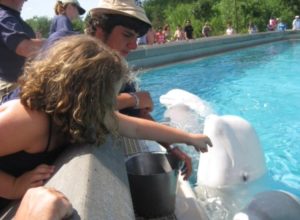
SeaWorld challenges many people’s morals, as it should. The ethical treatment of animals issues at SeaWorld is clear. With little concern for animals health, and more focus on entertainment, many think of SeaWorld as for-profit zoos. Many choose to skip over SeaWorld when they’re in Orlando for these reasons. The bottom line for these tourists comes down to prioritizing either roller coasters or the rights of animals.







